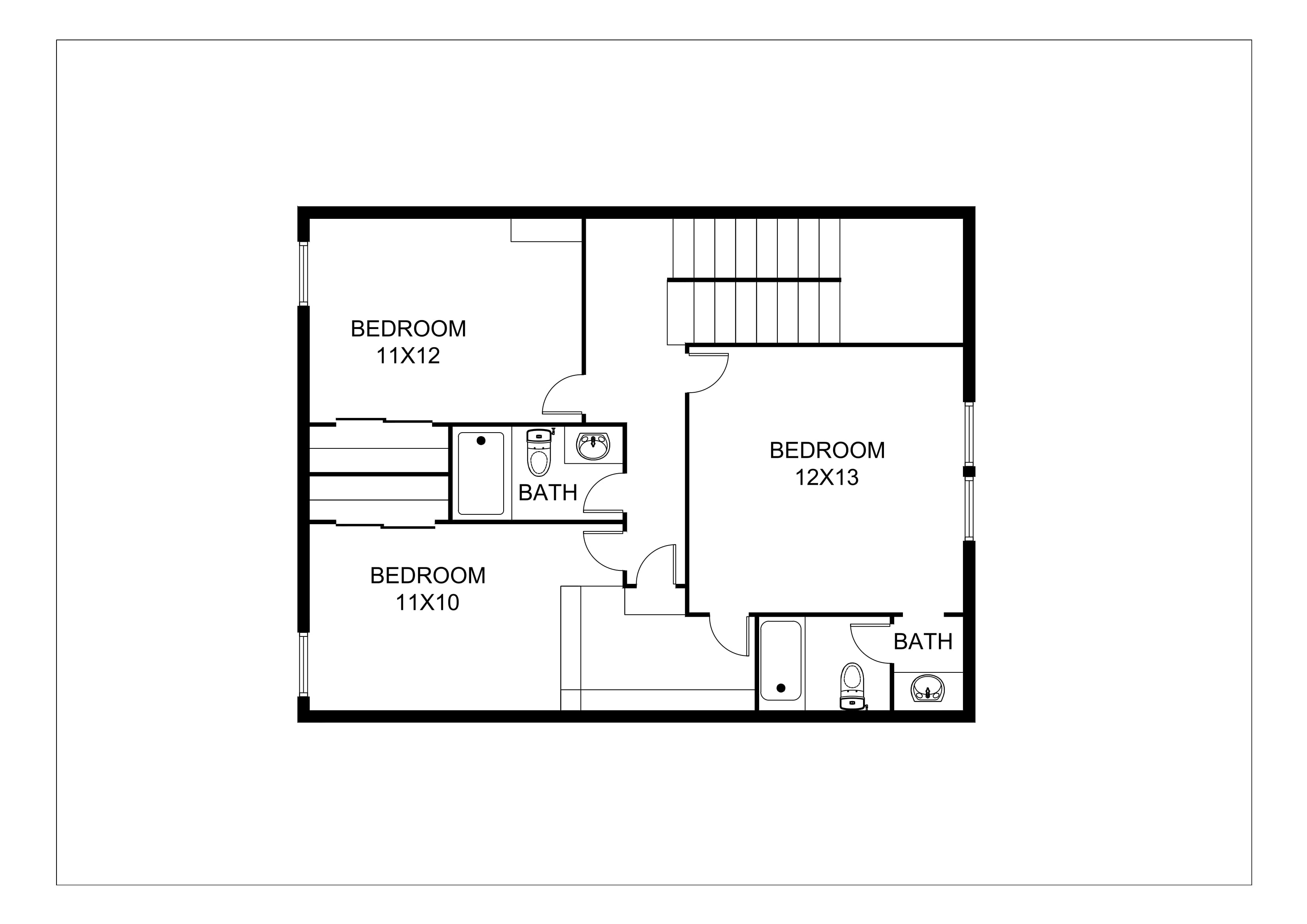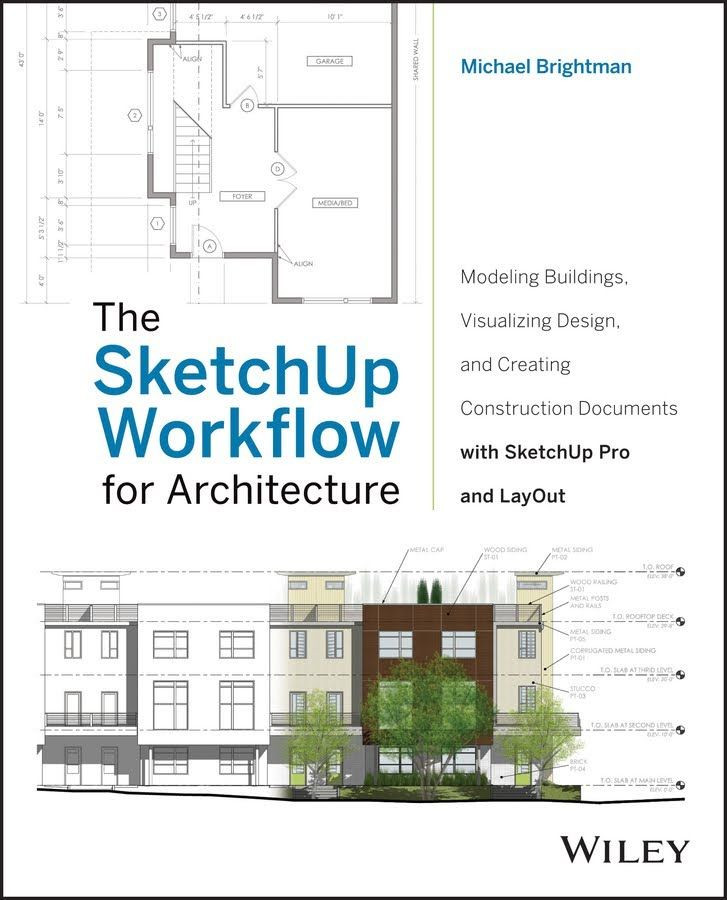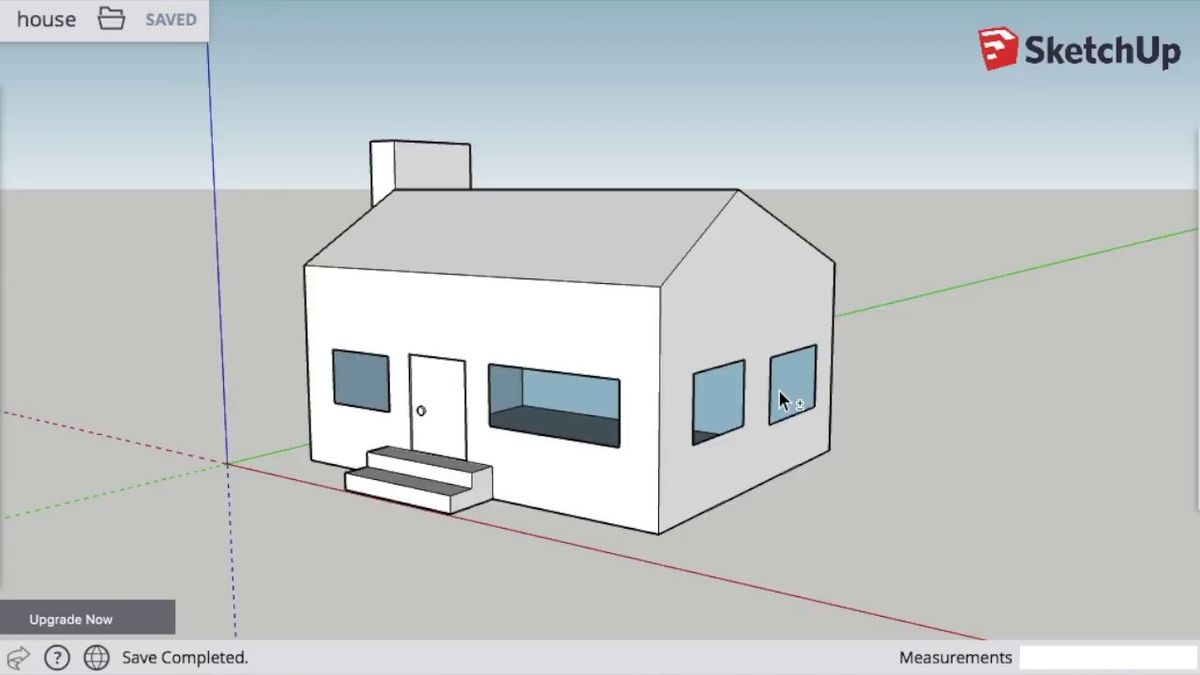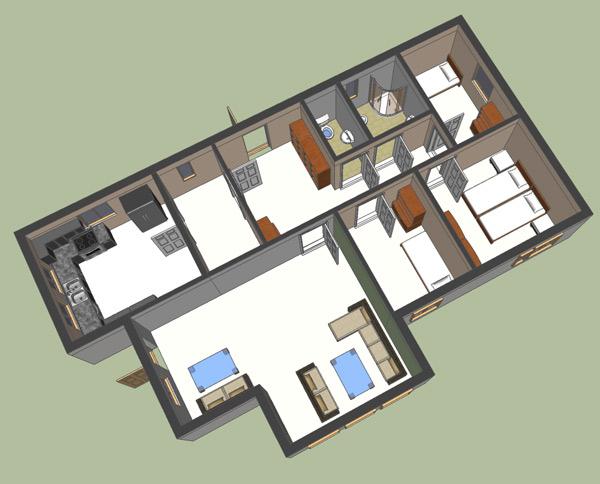

These options definitely aren’t where things stop, either.
SKETCHUP FLOOR PLAN TUTORIAL HOW TO
This is my workshop design tutorial on how to layout a small shop or any shop. A 30×30 metal house from General Steel allows Sizes, Prices and Specs. Affordable and stylish, this small house plan is easy on the eyes…and the wallet.

PLEASE NOTE: … The best modern farmhouse plans & traditional farmhouse plans. Bringing all THREE companies based … At Architectural Designs, we define small house plans as homes up to 1,500 square feet in size. Call 1-80 for expert help Our family created Back Forty Building Co. Some plans even have a bathroom in the shop area so that when you’re working on a project, you don’t need to trek through the house to The trend is least common in the Northeast, where small lot sizes effectively create limitations on the size. In part 2, we’re going to talk about workflow if you have an image that you’d like to import and use as a floor plan.Small shop house plans. That’s where I’m going to end this video.

Remember that if you do this once, you can double click every time afterword to repeat the tool’s last action. Once you draw your doors on your walls, you can use the push/pull tool to push them until they hit the other side of the wall, where SketchUp will automatically delete the faces. When I did this, it seemed much easier than doing it the other way.

This can be handled fairly easily with guides. This is a much easier way to do this, because you aren’t dealing with the healing, but you’ll have to go in and add all your door locations after the fact. You can also extrude your walls, then add your doors. However, if you want actual door openings, you’ll have to come in, model the tops of the doors, and deal with SketchUp autohealing over and over again. This has the benefit of making it so your doors are in the right place before you extrude. The first is to just rough out your door openings before you extrude your walls. There’s a couple ways you can do this, and I’ll run through the pros/cons of each. The tricky part is how to include your doors. Once you’ve roughed in all your walls, you can go in, do a little cleanup to make sure your walls are continuous faces, and then use push/pull to extrude your walls into 3d. In this case, I’m going to assume my walls are 6” thick. You can do that by activating the tool, then clicking in a space, then entering the thickness you’d like to offset your space. Once you have your spaces roughed out, you can go in with the offset tool and create your walls. There are several different ways you can go about this, depending on if you’re creating a new floor plan, or if you have and existing floor plan image that you’re bringing into SketchUp in order to model it in 3D.Ĭreating a floor plan from scratch in SketchUp is pretty easy – you can start off by drawing the outline of your space in 2D, then you can use rectangles to rough out your spaces. In this week’s SketchUp tutorial, we’re going to talk about creating floor plans in SketchUp Part 2 will focus on modeling a floor plan from an image.
SKETCHUP FLOOR PLAN TUTORIAL SERIES
Part 1 of this 2 part series will focus on using the line and offset tools to create a floor plan in SketchUp.


 0 kommentar(er)
0 kommentar(er)
